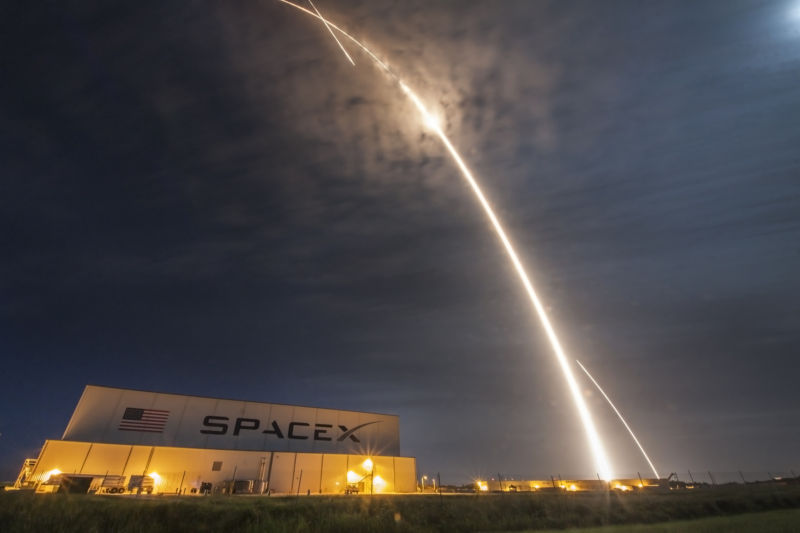SpaceX says helium loading issue caused accident, seeks 2016 return to flight
Ars Technica » Scientific Method 2016-10-30

Enlarge / The launch and landing of a SpaceX rocket on July 18, 2016. (credit: SpaceX)
Nearly two months after a September 1 accident on the launch pad, SpaceX says it is nearing the conclusion of its investigation. Although the company has yet to identify the "exact root cause" of the accident that occurred during a static fire test just prior to a planned launch of a communications satellite, the investigation has reached an "advanced state."
Shortly after the fiery incident, the company focused on a breach in the cryogenic helium system of the rocket's upper stage liquid oxygen tank. "Attention has continued to narrow to one of the three composite overwrapped pressure vessels (COPVs) inside the LOX tank," the company stated in an update released Friday afternoon. "Through extensive testing in Texas, SpaceX has shown that it can re-create a COPV failure entirely through helium loading conditions. These conditions are mainly affected by the temperature and pressure of the helium being loaded."
SpaceX intends to continue work to identify the precise cause of the accident and to improve its method of loading helium onto the rocket to prevent a repeat failure. The company also plans to resume testing Falcon 9 rocket stages at its facility in McGregor, Texas, soon. By taking this step in early November, SpaceX maintains that it is on track to resume flight operations of its Falcon 9 rocket before the end of 2016.